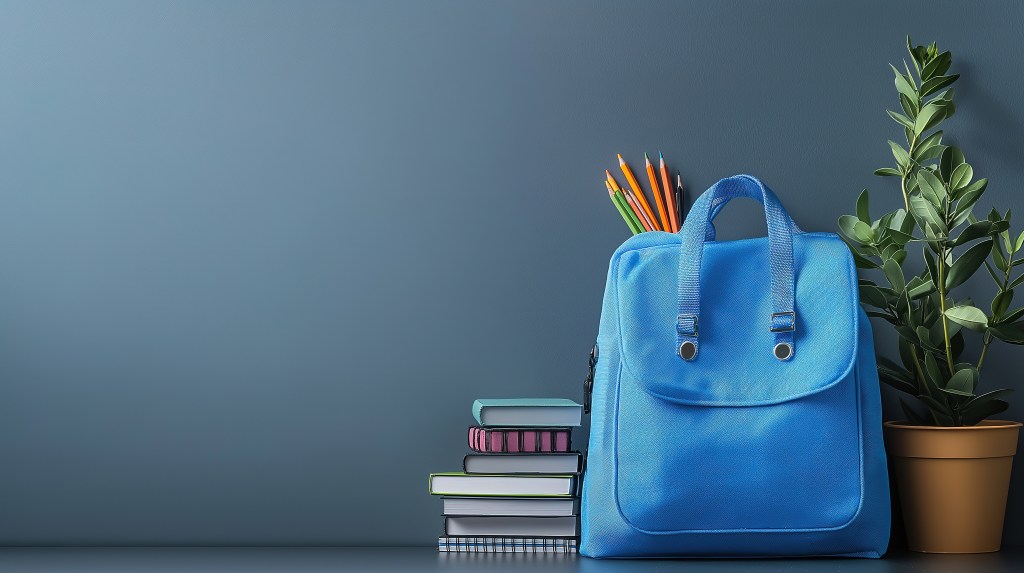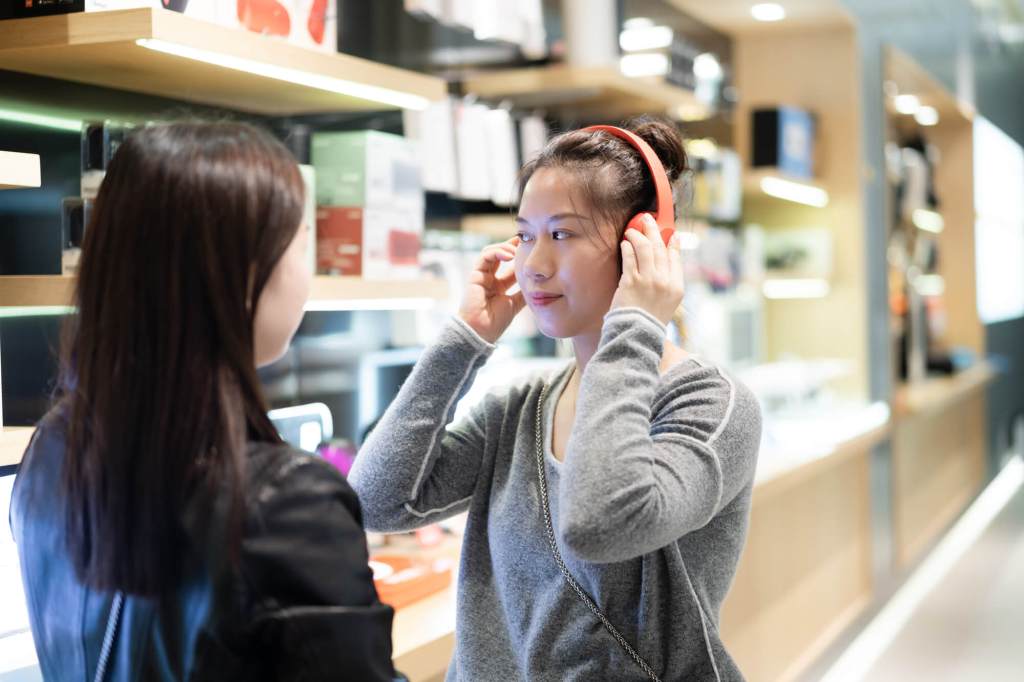Access the need-to-know back to school trends
Back-to-School Spending
According to our latest survey, the average household is expected to spend around $365 this year, with Gen X households leading the pack at nearly $450 (excluding apparel). But these shoppers aren’t just spending more. They’re giving us a clearer view into their shopping behavior, from where and when they buy, to what drives their decisions.
For brands and retailers looking to win this season, understanding these behaviors and aligning strategies accordingly will be key.
In-Store Isn’t Just Back—It’s Leading
Despite ongoing growth in e-commerce, brick-and-mortar retail continues to command attention when it comes to back-to-school. In 2025, 57% of shoppers say they plan to make purchases in-store, and more than 6 in 10 will browse aisles in person before completing a purchase, whether they buy in-store or online later.
57%
of back-to-school shoppers plan to make in-store purchases.
This behavior is especially pronounced among Baby Boomers and parents of younger children. These shoppers place a high value on the tactile, sensory experience of in-person shopping, especially when it involves their kids. A family trip to pick out a new lunchbox, test headphones, or select a fragrance isn’t just a chore; it’s a back-to-school ritual.
For Brands and retailers, this underscores the ongoing importance of shelf visibility, in-aisle marketing, and real-world discovery. Investments in signage, trial programs, and product placement are still essential, especially in categories where touch, scent, or packaging aesthetics influence final purchase decisions.
Walmart Commands, But Amazon Follows Closely
While it’s easy to assume digital retail would dominate 2025, Walmart is expected to be the primary destination for back-to-school shopping. Nearly 8-in-10 consumers report plans to shop there this season, edging out even Amazon, which sits at 72%. Target follows in third place at 54%.
8-in-10
Consumers plan to do their back-to-school shopping at Walmart.
What’s particularly interesting is that high-income shoppers aren’t abandoning Walmart; they’re embracing it. These households, typically associated with premium e-commerce platforms, are turning to Walmart for value, convenience, and breadth of selection. That shift presents a powerful opportunity for Brands: tailor promotions and packaging strategies to Walmart’s unique footprint and consider cross-category bundling to boost basket size and brand affinity.
Amazon, meanwhile, remains a discovery engine. Consumers often use it to compare brands, read reviews, and fill in remaining items after a larger in-store haul. For brands, this means you need to be optimized for both platforms; visually compelling on a Walmart shelf and algorithmically strong on Amazon’s search results page
The Calendar Is Compressed and Predictable
One of the few constants in back-to-school shopping is its compressed timeline. Regardless of age, gender, or income, a full 72% of shoppers plan to make purchases within the two months leading up to the first day of school. In fact, most plan to complete the bulk of their shopping either 1–2 months out or in the final 2–4 weeks. Fewer than 5% of families leave it to the last minute.
What does that mean for brands?
Timing is everything. Brands need to think early and act fast. Campaigns should be live by mid-July, peaking in August and tapering off after Labor Day. Digital media, influencer activations, retail partnerships, and promotions must be tightly choreographed to match this window. Miss it, and you miss the moment entirely.
Tech and Self-Care Are Rising Stars
The rise of technology in education is not new, but it’s more central than ever in 2025. Half of all shoppers plan to buy tech products as part of their back-to-school haul. Headphones/earbuds, tablets, and laptops dominate shopping lists with Apple remaining the preferred brand, followed by HP, Dell, Google, and Samsung.
50%
of shoppers plan to buy tech products for back-to-school seasons.
AI-enabled devices are gaining traction, too. Parents and students alike are starting to view AI as a tool for personalized learning, not just entertainment. That shift opens up new messaging opportunities for brands that play in adjacent categories like tech accessories, productivity products, and energy drinks, to name a few.
Equally notable is the continued rise of self-care as part of the back-to-school routine. Nearly 50% of shoppers plan to purchase personal care items, and fragrances have emerged as a standout category. Among preferred brands are Bath & Body Works and Calvin Klein, but there’s also a surge in interest for skincare and cosmetics brands like CeraVe, Cetaphil, Neutrogena, e.l.f., Maybelline, and L’Oréal.
Nearly 50%
of shoppers plan to purchase personal care items for back-to-school season.
But these aren’t just products. They’re signals of identity and self-expression. For older students, especially, back-to-school has become a moment of reinvention. For brands, the challenge is to position your brand as part of that emotional transformation. Can your product help a high schooler feel more confident on the first day? Can it show up in a TikTok “get ready with me” video or in a college student’s dorm tour?
Measurement and Strategy: Are You Ready for the Aisle and the Algorithm?
The path to purchase is more fragmented than ever. Shoppers move fluidly between physical stores, digital storefronts, influencer channels, and social feeds. They’re browsing in one place, researching in another, and making final decisions based on a blend of school supply lists, peer recommendations, and personal style. For brands and retailers, this complexity is both a challenge and an opportunity.
Success in this environment demands omnichannel precision. Your brand should be positioned not just for store shelves, but for algorithmic relevance across e-commerce and social platforms. You need to understand how your target audience shops, not just demographically, but behaviorally. Are they driven by discounts? Reviews? Brand ethics? Influencer credibility?
Final Bell: Are You Showing Up Where It Matters?
Back-to-school 2025 is a hybrid battleground where digital and physical retail merge, and where parents and students seek both value and expression. Whether your product sits on a Walmart endcap, appears in an Amazon search result, or stars in a back-to-school social media post, the question isn’t just “are you there?”—it’s “are you ready?”
Now is the time to align your marketing, merchandising, and measurement strategies for maximum impact.
Brought to you by NIQ thought leaders:

Jacqueline Flam – NIQ
Managing Director, Beauty & Health

Nim Sharon – NIQ
VP, Consumer Technology
Contact Us
Let’s talk about how your brand can show up where, and when, it matters before your next big retail moment.

Source: BASES 2025 Back-to-School Consumer Study




